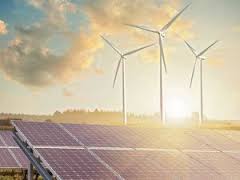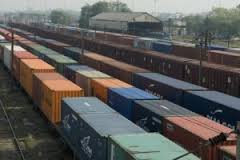 As many as a dozen states, including Uttarakhand, Rajasthan and Jharkhand, have implemented 75% of the reform initiatives under the ease of doing business programme, reflecting positive sentiments, commerce minister Nirmala Sitharaman said on Thursday.
As many as a dozen states, including Uttarakhand, Rajasthan and Jharkhand, have implemented 75% of the reform initiatives under the ease of doing business programme, reflecting positive sentiments, commerce minister Nirmala Sitharaman said on Thursday.
These three states are followed by Telangana, Madhya Pradesh, Haryana, Chhattisgarh, Maharashtra, Andhra Pradesh, Gujarat, Punjab and Karnataka in implementing reforms.
The government, however, has maintained that the review process of the reform initiatives is still on and the current rankings may change.
The ranking of states is an assessment of the regulatory performance of states and a measure of how they improve over a period of time. Importantly, the rankings don’t accurately reflect the level of business-conducive nature of the states; rather, it shows how the states fared in implementing an action plan adopted by them with the help of the Centre within a particular time frame.
Addressing the inaugural session of the Invest North Summit organised by CII, Sitharaman also said tax and regulatory authorities are being directed not to go on an overdrive and asserted the government will not in any way create hindrances for businesses.
The ranking is based on indicators including the ease of starting a business, registering a property, getting credit, paying taxes and resolving insolvency.
The World Bank, which has been entrusted with the job of ranking states on their performance on ease of doing business by the centre, will likely wrap up this exercise by the end of this month.
Talking on the occasion, Department of Industrial Policy and Promotion Ramesh Abhishek said India is also hopeful of improving its rank among other nations in the World Bank’s Ease of Doing Business Index.
Last year, India was ranked 130th in the World Bank’s index covering 189 countries, an improvement of four notches from a year before.
While India improved its rank on three counts — starting a business, getting construction permits and accessing electricity — it witnessed its performance worsen in two areas — accessing credit and paying taxes.




